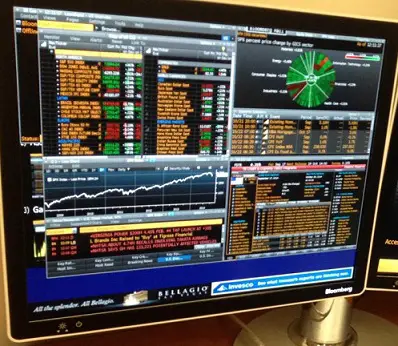US stocks plummeted Friday, making for the worst day since the sell-off in September. Traders were driven to the doors when the monthly unemployment report showed continuing tightness in the labor market, which dashed hopes the Federal Reserve might ease its aggressive policy stance.
The jobs report showed there were 263,000 jobs added last month, while the unemployment rate dropped to 3.5%. Economists had been predicting 255,000 jobs added, and that unemployment would have held at 3.7%, per Bloomberg consensus estimates.
The S&P 500 plummeted 2.8%, as the Dow Jones Industrial Average lost 630 points, for a 2.1% drop. The Nasdaq Composite plunged ahead of both, dropping 3.8%. In the bond market, Treasury yields spiked, as the 10-year benchmark returned close to 3.9%, and the rate-sensitive 2-year topped 4.3%.
Friday’s sell-off gave back most of the week’s gains, made during a two-day rally which raised all three major indexes more than 5% from their 2022 lows. Even with the losses however, stocks managed to make it the first week in almost a month that was not a loss. Since Monday, the S&P 500 was up 1.5%, the Dow was up 2%, and the Nasdaq was up 0.7%.
Mike Loewengart, head of model portfolio construction at Morgan Stanley’s Global Investment Office, said, “The market’s negative reaction may be a sign that investors are processing the likelihood that there will be no change in the Fed’s aggressive playbook in the near term. Keep in mind the next Fed decision isn’t until early November, so much more data will need to be digested, not the least of which is next week’s inflation gauge.”
Investors had hoped that a cooling labor market would cause the Fed to back off on its recent streak of massive rate hikes, especially after recent data showed manufacturing activity dropping and a reduction in job openings. But many analysts had argued hopes for such a quick pivot were unrealistic, and the jobs report appeared to bolster that argument. Most analysts expect that the benchmark rate will likely be at 4.5% to 4.75% by the spring of 2023.
Rates research strategist Meghan Swiber and her team at BofA noted, “The Fed’s job is still far from over: expect hikes to continue until negative payrolls are almost in hand.”
For its part the Federal Reserve officials themselves have been clear, that they have no plans to retreat from their aggressive policy.
Chicago Federal Reserve Bank President Charles Evans said Thursday, “We have further to go. Inflation is high right now and we need a more restrictive setting of monetary policy.”

